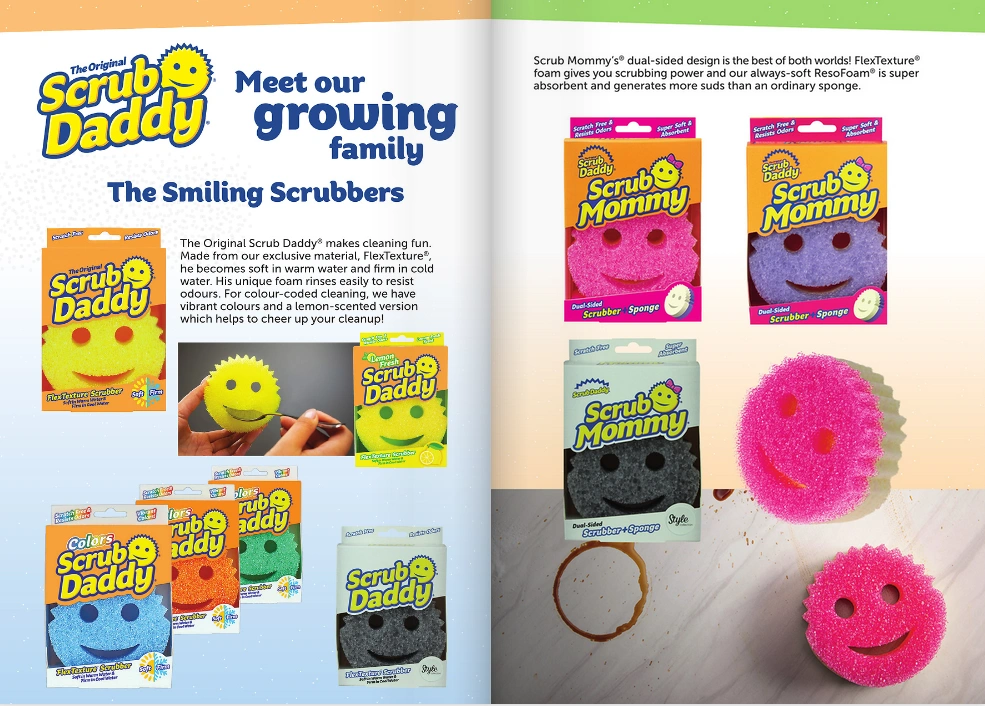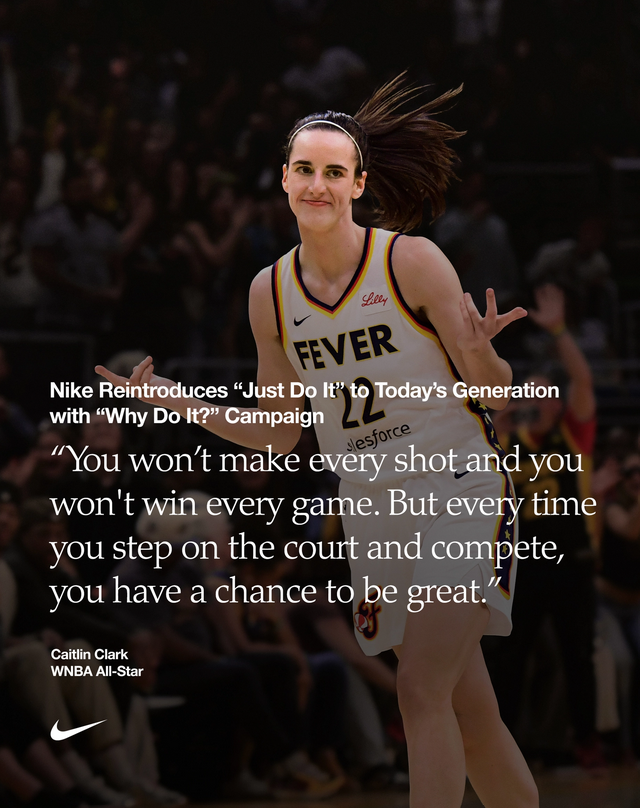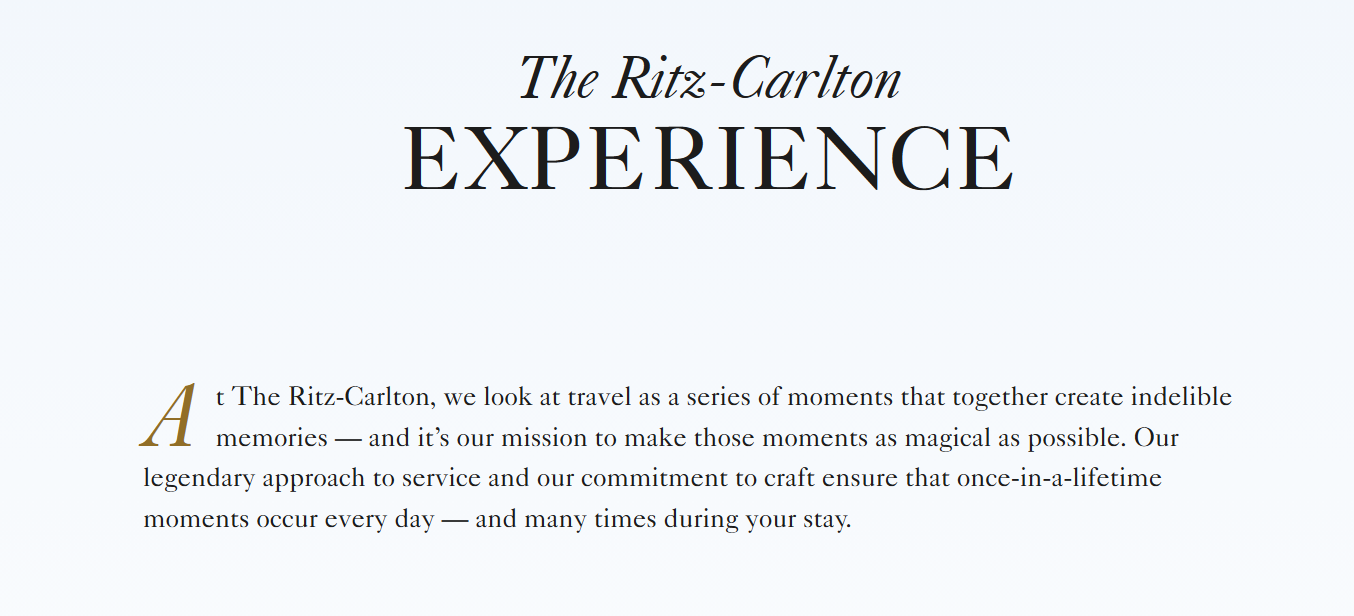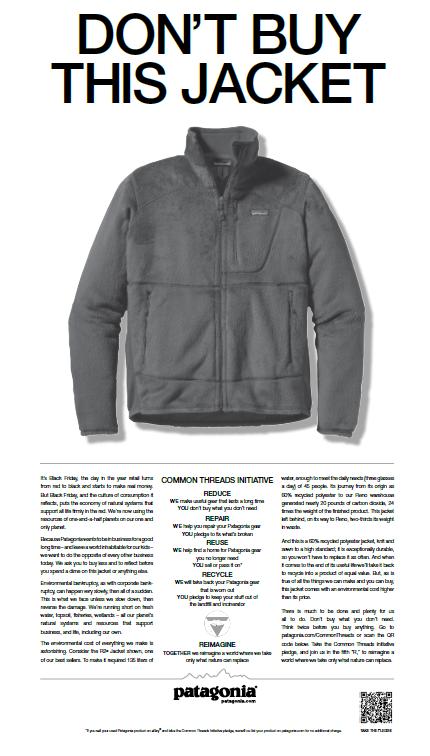Have you ever searched the grocery aisle for a product without caring about the brand? For example, when buying baking powder, you might not mind whether it's from Rumford or Calumet. In your mind, they basically do the same thing, and all you need is whatever fits your budget.
This is brand parity, where brands become interchangeable, posing a challenge in capturing buyer interest. And overcoming this requires effective strategies.
Overcoming brand parity can be tough in an already crowded market. So, how do you avoid or mitigate brand parity? This article covers everything you need to know, from what brand parity means to strategies you can implement to build a stronger brand.
What is Brand Parity?
Brand parity is the consequence of commoditization, where products in a category become virtually identical in function, leading consumers to believe it doesn't matter which brand they choose. Eventually, the price difference becomes the primary factor influencing buyers' decisions. When brand parity is high, it forces companies to adopt poor strategies that can lead to the loss of a unique selling proposition and long-term loyalty.
Consequences of Brand Parity for Businesses
Brand parity presents numerous challenges, particularly for those new to the industry. This occurrence is highly likely among brands involved in selling commodities, like everyday household and personal care items.
Do you really need to compare different brand features to decide which Q-tip to buy? The same can be said for industries like tech, where smartphones from other brands offer similar features and functionalities.
Here are several factors contributing to brand parity and their consequences.
1. Price wars
When brands fail to distinguish themselves from competing brands, pricing becomes the primary factor for consumers, leading to unsustainable price wars. In these wars, brands lower prices to attract customers, which often backfires on product quality and long-term profits. It risks losing customers to larger companies that can produce more efficiently.
A historical example of this is the airline price war of 1992. In response to a recession, several airlines slashed prices, with American Airlines lowering fares significantly and competitors following suit.
Northwest Airlines introduced free plane tickets for children, and TWA also cut its fares. American Airlines responded with discounted flight tickets of up to 50%. This back-and-forth in pricing has pressured the rest of the major airlines to match these prices.
While they attracted customers, many airlines, including American Airlines, faced severe financial losses and bankruptcy due to unsustainable practices.
2. Decline of brand loyalty
When you have little to offer, customers tend to make their purchase decisions without much consideration. The second your competitor matches your price or product features, customers can easily make the switch. This is the stark reality of brand parity, a situation that highlights the importance of differentiation in maintaining brand loyalty.
The decline of brand loyalty due to parity is evident in the banking sector, where similar products make it difficult for customers to form a strong attachment to any one bank. Additionally, increasing attrition rates and customer dissatisfaction stem from poor service and generic loyalty programs.
A study done by J.D. Power in 2024 highlights this issue, noting a 27-point drop in customer satisfaction among direct banks when support is needed. The senior director explained, "Fewer customers actually had problems. But if customers needed support of any kind, and particularly if they had a problem, it just went downhill."
3. Marketing overload
In an effort to differentiate their brands from those that consumers perceive as similar, companies often overinvest in marketing campaigns. This leads to excessive customer communication, which conveys their message, resulting in customers being overwhelmed and turned off.
For instance, each year, we witness mobile brands with virtually similar features flood consumers with campaigns everywhere, both offline and online. They launch multiple events and ads that basically display the same screen, camera capabilities, and even the overall mobile design.
This happens for all brands, including the industry leaders. However, small to medium-sized brands suffer the most from brand parity, often being drowned out and ignored despite their marketing efforts to stand out.
If the above consequences resonate with your brand’s current situation, it may be time to consult the experts and hire one of the top brand design agencies.
Strategies to Overcome Brand Parity
Brand parity poses a risk to everyone, but it can be avoided. Here are some proven marketing strategies to overcome brand parity and strengthen brand equity.
Differentiation through innovation
For decades, almost every sponge brand has looked the same. They all have the same function and use similar materials. They had no personality, despite the colorful options in the market. It's no surprise that customers will go for the cheapest they can find, which makes it difficult for sponge brands to stand out.
However, Scrub Daddy, with its smiling sponge, appeared on the popular TV show Shark Tank and disrupted the industry.

Innovative all-purpose sponge catalog via Scrub Daddy
Through innovation, Scrub Daddy utilized polymer to create a sponge that is highly absorbent and changes texture in response to temperature. If the sponge is dipped in hot water, it becomes soft and pliable, perfect for delicate kitchen utensils, glasses, and non-stick pans. If the sponge is dipped in cold water, it firms up and becomes more abrasive, making it effective for removing tough stains and grime.
The name itself, Scrub Daddy, is memorable, playful, and friendly. Now, you hear people say they're buying Scrub Daddy instead of a sponge. It's similar to how people specifically mention Coke instead of soda. Scrub Daddy also has a fun look with a smiling face, which makes it stand out among a sea of identical sponges. Imagine doing dishes using a smiling sponge? It creates a small moment of joy during a tedious chore.
Leveraging innovation goes beyond integrating unique features. It's about creating a better experience, in addition to offering a better product. Innovations should also solve specific problems and not just make your products look cool. In the case of Scrub Daddy, they listened to customer feedback from people complaining about scratched pans due to poorly designed sponges and created sponges that precisely addressed their concerns.
Forming bonds through emotional branding
Emotional branding has the power to shift the focus from product features to feelings and identity. This creates a stronger bond between brands and customers, and is a sure way to deliver a unique brand experience they will remember.
Nike has been around for decades, but it has struggled with product parity, especially when compared to other leading sports apparel brands like Adidas and Reebok. The competition has often been about the technical features of its shoes. Which shoe has better cushioning? Which fabric is more breathable?
But Nike realized that the shoes are not its main product. It's aspiration, identity, and a go-getter mindset. Through emotional branding, Nike solidified its market presence and established a customer base of like-minded individuals.
For instance, the brand is known for its "Just Do It" campaign, where all marketing and branding materials focus on empowering and inspiring customers. The campaign featured athletes from around the world who are renowned for their grit, skills, and perseverance.
This type of campaign created the very tribe that Nike boasts today. A tribe that believes in excellence and resilience, perfectly embodying the values of Nike. By competing on purpose instead of features and communicating this through emotional branding, you build a stronger brand that customers can trust and believe in.

Nike creates connections through emotional branding. Image via Nike
Gaining competitive edge through customer experience
Personalized and immersive interactions can make a lasting impression, which is integral to fostering a loyal customer base. Consider the Ritz-Carlton, a chain of luxury hotels renowned for its exceptional customer service, which consistently exceeds expectations and meets the needs of its customers.
The Ritz-Carlton understands that strong relationships lay the foundation for a robust brand. Hence, it takes customer experience seriously. The brand provides top-notch training to its employees, whom it considers the backbone of its hotels.
Instead of a standard customer approach, the Ritz trains their employees to "consult" and provide experiences tailored to each customer. If a customer wants minimal engagement, the hotel offers automated check-in. The Ritz-Carlton also likes to create little surprises, such as placing the guest's favorite flowers in the room.

A commitment to high-level customer experience via The Ritz-Carlton
It's no wonder that the brand, despite thousands of hotels worldwide, has remained a top-tier luxury hotel brand for over 40 years. A testament that while a company can copy your product's features, pricing, and even your store layout, they cannot easily copy a deep-rooted culture that values empathy and personalized customer relationships. And when a customer feels heard and valued, they are more likely to become loyal advocates of your brand.
Storytelling and brand identity
Storytelling allows consumers to connect with your brand on a deeper level, intertwining values and identity in a way that mere products can't.
LEGO is an example of this concept. Initially just a company selling interlocking bricks, LEGO distinguished itself by emphasizing creativity in its brand identity. Each product serves as a tool for bringing your imagination to life, featuring minifigures that represent real-life professions, such as firefighters and chefs. Users can also create their own unique stories around these characters.
Through storytelling, LEGO evolved into a household name, enabling users to create their heroes.
More Real-World Examples of Brand Parity
Learn how leading brands managed to break free from brand parity and stay competitive through successful marketing strategies.
1. How Patagonia outgrew growth
Sustainability is often touted as a marketing ploy, but Patagonia stands out as a company truly committed to it. This outdoor apparel brand not only provides high-quality products for tough weather but also prioritizes eco-friendly materials.
Since 2018, Patagonia has focused on environmental efforts by phasing out toxic materials and promoting a circular economy. The brand offers free repair services, allowing customers to keep their products longer rather than replacing them with new ones. Patagonia also has a buy-and-sell marketplace for secondhand gear and garments.

An ad campaign promoting responsible consumption during Black Friday Sale. Ad via Patagonia
"In many ways, the magic of Patagonia comes from the constraints we place on ourselves, which are grounded in our deep sense of responsibility to do right by the environment and society," shares Patagonia's former head of marketing, Vincent Stanley, in a Forbes interview.
Patagonia proves that you can leverage your cause to create a distinct and successful brand, as long as you stay true to it.
2. How Apple’s ecosystem altered the playing field
Apple was once a struggling computer maker competing in a crowded PC market back in the late 90s. But they finally found their groove when they created their own ecosystem. Instead of competing with everyone else, they created products that are exclusive to Apple users only.
After iMac, the iPod and iTunes took off and disrupted the market. These products helped the brand establish itself as a market leader. More Apple-exclusive features were introduced, resulting in a more seamless user experience and further strengthening the ecosystem.
Apple keeps its product design and marketing clean, simple, and distinct. Its use of advertising focuses on people who mirror real Apple users rather than highlighting tech specs alone. This simplicity makes Apple feel accessible, even to users who are not particularly tech-savvy.
Apple's journey demonstrates that overcoming brand parity is possible by innovating one's way out of it. A brand that is capable of creating something unique while enforcing a consistent philosophy encompassing product design, branding, and business core cannot only differentiate itself from others but also define the market for years to come.
Escaping the Brand Parity Trap
Brands often suffer from brand parity because they view competition as a matter of who is more affordable or who has the latest product features. But this can be a slippery slope to drowning in competition.
Your brand must be rooted in something tangible that your customers can believe in. And you can achieve this through purpose, an emotional connection, or innovative products. Doing so moves the competition from features to values and experience, where brand parity is impossible.
Nov 14, 2025
